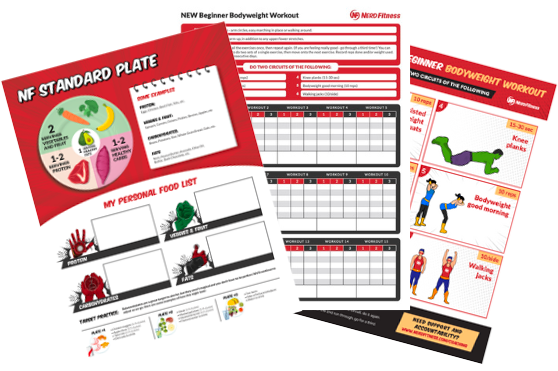
“Steve, how many calories should I eat every day? I have goals!”
Great question.
Knowledge is power. So today, we are going to make you more powerful by calculating your Total Daily Energy Expenditure (TDEE).

Of course, “knowing is half the battle.” The other half is using your newfound knowledge to achieve your goals!
Fortunately for you, we’ve helped thousands of Online Coaching Clients lose weight and get healthy, and TDEE is just one of many factors we consider when building a specific strategy for somebody’s goals.
Okay FINE, I’ll share the other factors and strategies below too.
Simply click on the section below for quick reading, though I’d recommend you read the whole enchilada to properly apply TDEE to your life:
- The Nerd Fitness Total Daily Energy Expenditure Calculator
- What is my Basal Metabolic Rate (BMR)?
- What is my Total Daily Energy Expenditure (TDEE)?
- What should my activity level be for TDEE?
- How do I use BMR and TDEE for weight loss?
- Moving towards a healthier way of eating.
- What’s the best diet for weight loss?
- A step-by-step plan for weight loss using your TDEE.
Okie dokie, let’s jump right in.
THE NERD FITNESS TOTAL DAILY ENERGY EXPENDITURE CALCULATOR
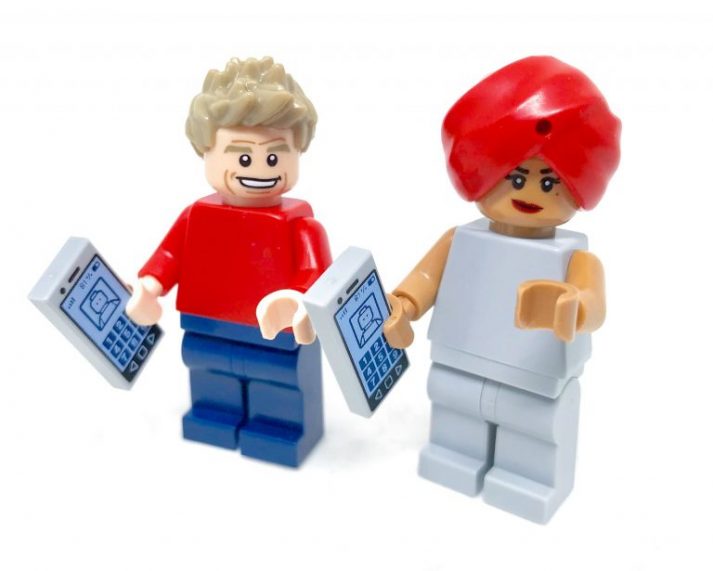
We’re going to start off by doing some math.
Don’t worry, our robot calculator (beep boop boop) will do all the hard stuff for you.
We will need to know your height in inches, your weight in pounds, and an estimate of your activity level.
(Use the metric system? I wish we did too here in the States! Click right here for our Metric calculator).
Although you can adjust it, I want you to set your “Activity Level” as “Sedentary,” (I’ll explain why in a minute):
Nerd Fitness Total Daily Energy Expenditure Calculator
(Note: we have used The Mifflin-St Jeor Equation to create this calculator! [1])
Hooray! You now know estimates of your BMR and TDEE![2]

You may be thinking, “Ah, Steve, what do either of these mean?”
I got you boo.
Make sure you write down your two numbers, and then move on to the next section.
If you’re already starting to get overwhelmed, have no fear! We help hundreds of men and women calculate their calorie goals, and we’d love to help you too!
WHAT IS BASAL METABOLIC RATE (BMR)?
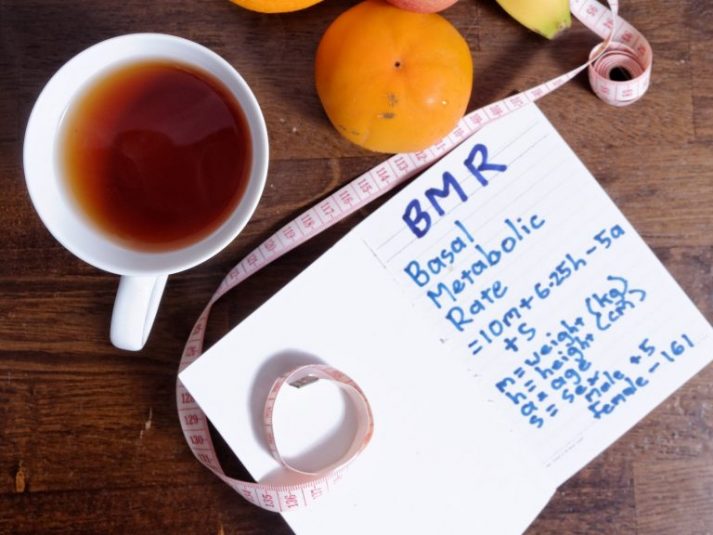
Basal Metabolic Rate (BMR) is the total amount of calories needed to keep your body functioning.
Body processes like breathing, cell production, pumping blood, and maintaining body temperature all burn calories.
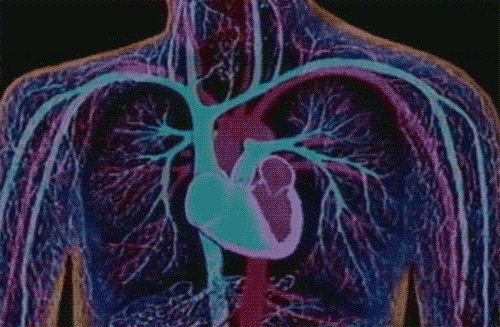
This means that even when you sit perfectly still, you still use plenty of calories keeping your body in good working order.
To define BMR:
“Basal” more or less means “basic,” so you can think of BMR as the number of calories needed for basic daily functions.
Your sex, age, weight, and height will all affect the number of calories you need, which is why they are variables in our equation above.
The taller you are, or the more you weigh, the higher your BMR will be.
There is simply more of you to fuel: more blood to pump, more cells to produce, more body mass to transport and manage.
Your age will also factor in: the older you get the lower your BMR will be.
Roughly two-thirds of the calories you need each day go into keeping your body running.
The other third?
That goes into powering your motion.
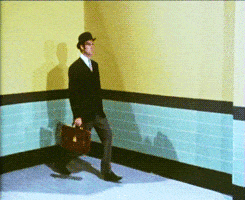
You know, because going from one place to another requires energy. So does lifting stuff.
So let’s talk about Total Daily Energy Expenditure (TDEE) next.
WHAT IS TOTAL DAILY ENERGY EXPENDITURE (TDEE)?

Total Daily Energy Expenditure (TDEE) is an estimate of how many total calories you burn in a day.
Since your BMR includes the calories you need while resting, we’ll also need to factor in movement and exercise.

To do this, we’ll take your BMR and multiply it by an “Activity Factor.”
ACTIVITY LEVELS CAN BE THOUGHT OF AS THE FOLLOWING:
Sedentary (BMR x 1.2): You regularly have to tell Netflix you are still watching. You don’t intentionally exercise at all.
Lightly Active (BMR x 1.375): You casually stroll through your neighborhood a few times a week. On average, you walk for exercise about 30 minutes a day. Another way to think about this would be 15 minutes per day of vigorous exercise like running or lifting weights.
Moderately Active (BMR x 1.55): If we called the gym on a weeknight looking for you, they’d find you. This averages out to about one hour and 45 minutes of walking (for exercise, not going around your house) a day, or 50 minutes of vigorous exercise a day.
Very Active (BMR x 1.725): You work in construction during the day and you’re on the company softball team. This averages out to about four hours and 15 minutes of walking (again, for intentional exercise) a day, or two hours of vigorous exercise.
If you’re following along at home, you may notice that different Activity Factors can make a big difference in the calories burned.
Let’s use some numbers.
Suppose you’re:
- Male
- 35 years old
- Weigh 200 pounds
- Six foot even (72 inches)
You’re also wearing a recently ironed collared shirt and it looks great on you. It really brings out your eyes.
Awesome shirt or no awesome shirt, we know your BMR comes in at 1,882 calories given the variables we identified. Meaning you’ll need roughly 1,900 calories for basic bodily functions.
This is where things get interesting.
If you’re sedentary, we’ll multiply 1,882 (BMR) by 1.2 to get a TDEE of 2,258, which means you’ll need 2,258 calories to maintain your current weight, support bodily functions, and to walk around your house, to go from your car to your office, from your office back home, etc.
Let’s imagine a scenario where you are not sedentary. Let’s say you’re lightly active – you walk around your neighborhood a few times per week.
We take your BMR of 1,882 and multiply it by 1.375 to get a TDEE of 2,588.
”The difference between these two activity factors, in this case, is 230 calories. That’s equivalent to a single glazed donut.

Let’s keep going.
Let’s say you hit the gym a few times a week for strength training, and go on walks or do yoga on your off days.
This will push you into the moderately active category.
We’ll then take your BMR of 1,882 and multiply it by 1.55 to get a TDEE of 2,917.
The difference here between sedentary and moderately active would be 659 calories.
That’s an extra meal’s worth of calories!
For reference, here are some examples of things that are roughly 650 calories:
#1) A whole meal’s worth of Sicilian fish with sweet potatoes:

#2) One Big Mac® with Bacon:
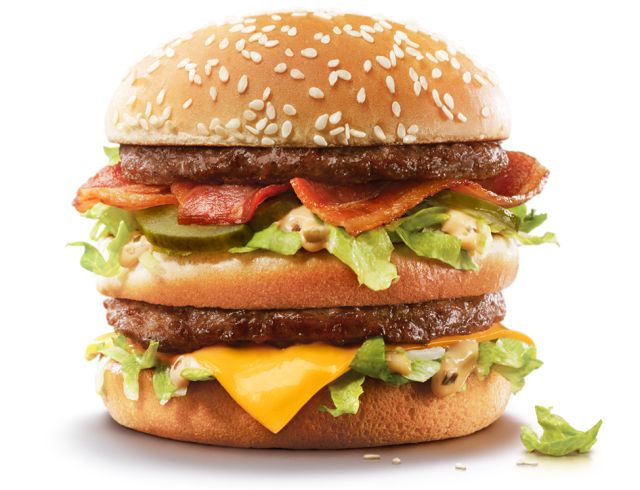
#3) A large Orange Dream Machine® from Jamba Juice:

All three items above have the same number of calories, but they’ll vary widely in how full they’ll make you feel!
IMPORTANT NOTE: I’ve used the word “estimate” several times in this article and will continue to do so.
Although BMR and TDEE estimations are extremely helpful, they are still just that: estimations.
Hormones, genetics, medications, and macronutrient ratios all affect an individual’s calorie needs.
Said another way, it’s CRUCIAL that we take our BMR and our TDEE as a starting point, not the definitive “answer.”
It’s the place we can start from, and then adjust based on how our bodies respond!
As we’ve just seen, different Activity Levels can influence the TDEE greatly too.
So…

WHAT SHOULD MY ESTIMATED ACTIVITY LEVEL BE FOR TDEE?
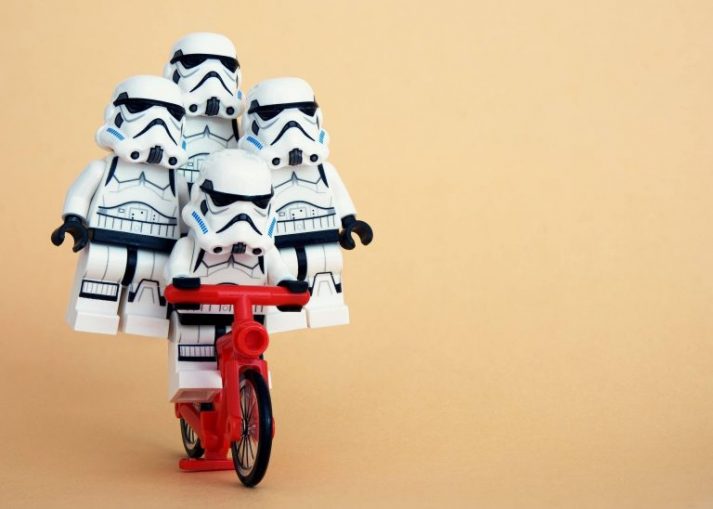
Most of us are bad at estimating our levels of activity.
Study after study demonstrates that people overestimate their levels of exercise and general activity.[3]
For example, one study concluded that:[4]
These results suggest that normal weight individuals overestimate energy expenditure (EE) during exercise by 3-4 folds. Further, when asked to precisely compensate for exercise EE with food intake, the resulting energy intake is still 2 to 3 folds greater than the measured EE of exercise.
Not only that, but our fitness trackers overestimate how many calories we expend through exercise too…some by as much as 90%![5]
This infographic shows how big of a difference those calorie discrepancies can be:
![]()
We think we’re working out “intensely” for 60 minutes, so we overeat, assuming we have lots of extra calories in our “daily budget” to spare.
However, when researchers look at stuff like heart rate, VO2 max, and calories burned, they determine that we actually only exercised “moderately.”
So yeah, don’t always trust your Fitbit:

Oh, and this is only one side of the equation. As I said, folks also UNDERESTIMATE how much they ate.
Regarding calories and food intake, folks consistently believe they eat less than they actually do.
Oh, and this is even true of dietitians, who are specifically trained on calories contained in different meals.
This study found that:[6]
The dietitians underreported their energy intake obtained from the food records by an average of 223 calories a day.
Again, these are experts in the field of nutrition.
What does this mean for regular people like you and me?
If you’re looking to lose weight, always underestimate your activity levels and overestimate your food consumption.
So when in doubt, choose the Activity Factor below your initial guess (i.e., instead of Moderately Active, choose Lightly Active).
This will give you a more accurate estimate of your caloric needs, and give you a larger margin for error when trying to lose weight!
The other thing to consider would be strength training.
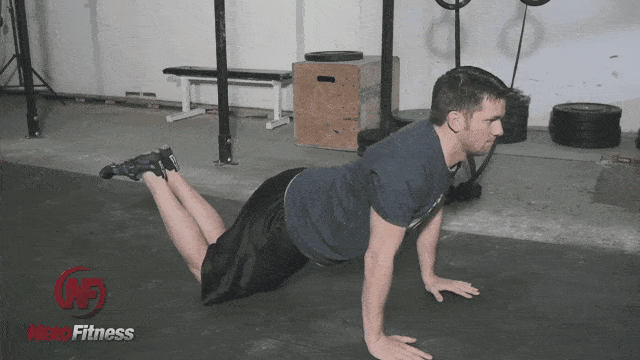
As we mention in our “Lose Fat and Build Muscle” article, strength training requires A LOT of energy, not only for the exercise itself, but also for rebuilding muscle in the days following the activity.
That’s why Coach Matt highlights the importance of strength training in our video on body recomposition:
So when determining our activity level for our calorie calculator, we consider strength training to be “vigorous exercise” (as we highlighted above).
Another way to think of this: if it takes 30 mins of walking a day to be “Lightly Active,” 15 minutes of daily strength training would roughly be equivalent.
NOTE: if estimating your Activity Factor and TDEE is starting to freak you out:

Trying to pick and calculate the right amount of calories to consume can be stressful.
Especially if you’ve had trouble losing weight in the past. And that’s just the math part – we haven’t even got to the psychological part about how delicious pizza and ice cream are.
It’s actually the reason we created our uber-popular 1-on-1 Coaching Program. We sought to take all the guesswork out of getting in shape, by creating a program to tell you exactly what to do.
HOW DO I USE BMR AND TDEE FOR WEIGHT LOSS?

If you’ve read this far into the article, I imagine you are interested in learning your Total Daily Energy Expenditure for weight loss.
I also imagine you support my belief that The Shawshank Redemption is the greatest movie ever made:

I mentioned earlier that if you are having trouble losing weight, it’s because you are eating too many calories.
The TDEE we calculated above provides a decent estimate of the calories you require each day.
If the scale is staying constant – congrats! You’ve found your “calorie equilibrium.”
Your body is burning just as many calories as you’re consuming each day.
However, I’m going to guess you’re here because your goal is to see the scale go down!
In order for you to lose weight, you need to start reducing your total calorie intake, which then forces your body to start burning the stored fat you have for energy.
You’ve already calculated roughly how many calories you burn (your TDEE) on a daily basis, let’s see roughly how many calories you’re consuming each day too!
(If your weight is staying steady, then these numbers should be relatively close – provided your tracking is accurate!)
It’s this nerd’s humble opinion that the easiest way to track calories consumed is with an app.
We live in the future.

Use a smartphone and download one of the following to track your food intake:
- My Fitness Pal. The gold standard of calorie counting apps. It’s also the most popular, supporting the largest food database in the game. Plus, it can download recipes from the internet and provide a calorie and macronutrient estimate.
- FatSecret. Basic, simple, and free, FatSecret is a great calorie tracker. It’ll allow you to connect with other users, plus it’s got a barcode scanner for caloric content from labels. Super nifty.
- Lose it! Another free calorie-counting app, focusing more on goal setting. Additionally, the Snap It™ feature lets you use pictures for data input. Double nifty.
You certainly don’t have to track your food forever.
But a solid week’s worth of data will help you get a sense of the food you are consuming, especially if you eat roughly the same food each day.
Not sure if you’re getting your portion sizes correct? Most people don’t. Consider a cheap food scale to educate yourself on actual portion sizes!
You can also check out our guide How to Portion Control, which will teach you how to use your hand to estimate calories:
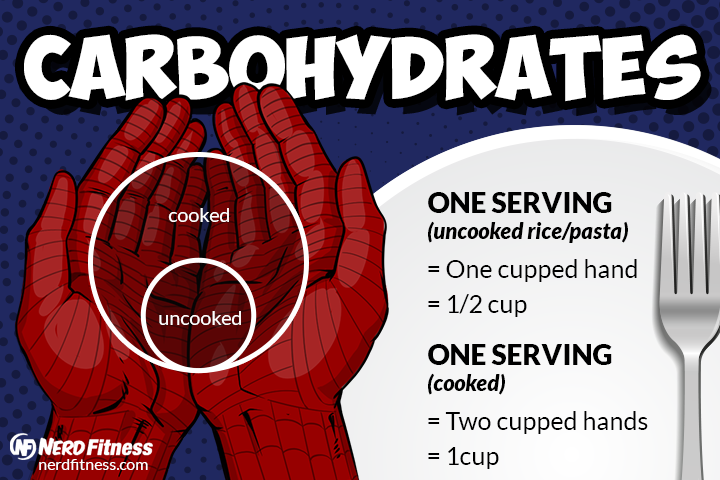
The important thing is to compare your daily calories consumed to your TDEE.
To lose weight, your calorie consumption should be less than your TDEE.
(If you’re currently thinking, “But Steve according to my stats I burn way more calories than I consume, but I’m not losing weight!” I would read this.)
Some numbers to keep in mind:
- 3,500 calories equals roughly one pound of fat.
- There are seven days in a week.
Basic math suggests if you want to lose one pound of body fat in a week (a sustainable goal for some), you need to create a caloric deficit of 500 calories a day. We can get there by:
- Consuming 500 fewer calories
- Burning 500 more calories
- Or a combination of both
When you consistently consume fewer calories than you burn, your body will have to start pulling from your stored fat for its energy needs.
Aka weight loss.
Let’s imagine that your TDEE is 2,500. This means you’d want to consume around 2,000 calories a day to lose around a pound per week.
As we discuss in great detail in “Why Can’t I Lose Weight,” sustained weight loss is largely a result of consistently managing the first half of the equation: “calories in.”
Said another way: it’s much more difficult to sustainably increase your Activity Level than it is to reduce the calories you consume.
After all, what’s more likely to become a lifelong habit? Changing your food choices, or going from being a couch potato to vigorously exercising 90 minutes per day?

So start by focusing on your food intake.
What’s the easiest way to eat fewer calories consistently? By prioritizing REAL food.
Why?
Because real foods are more likely to fill you up and satisfy your hunger while also keeping you under your calorie intake goal for the day.
Remember that example above comparing a full dinner vs a burger vs a shake:

MOVING TOWARDS A HEALTHIER WAY OF EATING
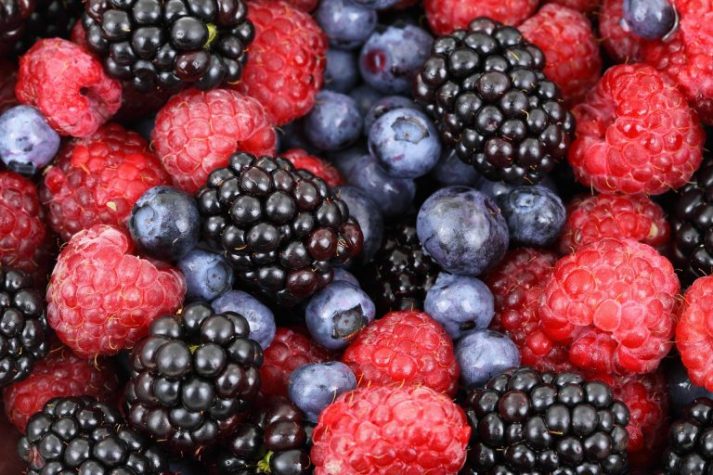
The Nerd Fitness philosophy on diet can be written in six words:
“You’re smart. Eat more REAL food.”
I lay it all out in our Beginner’s Guide to Healthy Eating, but again, you’re smart – you know what real food is:
Food that grew in the ground, on a tree, ran on the land, swam in the sea, or flew through the air.
Meat, fish, eggs, vegetables, fruits, and nuts are all great examples of REAL food.
This is what you should be eating more of.
The fine folks at WiseGEEK made an awesome post, where they demonstrated what 200 calories of various foods look like.
200 calories of broccoli gets you enough broccoli to fill up an entire plate:
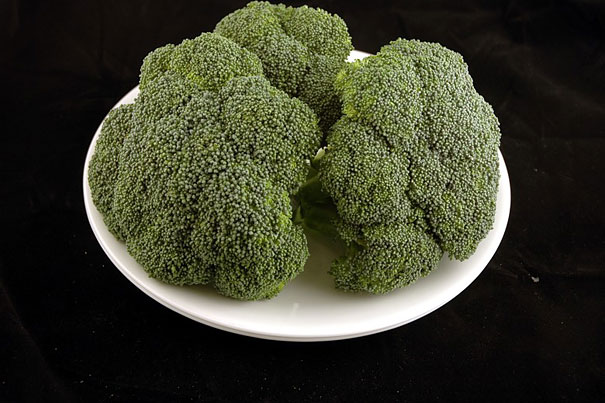
Or half a Snickers bar:
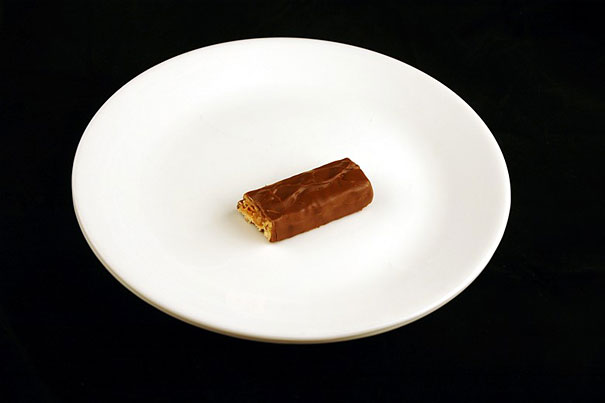
Yeah…
By eating REAL food, you have a MUCH higher margin for error to stay under your calorie goal for the day.
- If you accidentally overeat broccoli, you might accidentally eat an additional 20-30 calories.
- If you accidentally overeat candy or soda or processed foods, you can consume an extra 500-1000+ calories without feeling satiated or full.
Putting it all together: If you want to consistently be in a calorie deficit, focus on REAL food.
And yes, I know a Snickers bar is way more delicious than broccoli – it was designed in a lab by scientists to be AMAZING!
I’m not gonna tell you to never eat a Snickers ever again either.
Instead, start being proactive about your food choices.
If you want to eat a Snickers, plan for it by intentionally eating fewer calories earlier or later in the day.
And if the scale isn’t budging – you’re still eating too much!

Want help with any of this?
Many of our coaching clients found weight loss previously unattainable until one of our trained professionals objectively reviewed their life and provided actionable feedback.
Now, some of them have lost between 50-100+ pounds!
WHAT’S THE BEST DIET FOR WEIGHT LOSS?

Should you do the Mediterranean Diet? Keto? Vegan? Paleo?
Maybe!
They all follow the same premise: they reduce or eliminate certain foods or macronutrients, making it easier to eat in a calorie deficit.
While all sensible diets will prioritize protein, some might limit carbs while others might limit fats. These differences come down to what works best for the individual.
So yes, any diet can help you lose weight in the short term – just remember that you need to stick with the changes permanently to make the results stick permanently!
After all, temporary changes create temporary results.
I personally follow a mental model diet, that focuses on real food most of the time, and occasionally includes some junk food. I plan my week of eating ahead of time:
#1) Limit your intake of processed food – it’s designed to be overconsumed.
Do you really think you’d be able to eat half of a snickers bar to limit yourself to 200 calories? Of course not. This argument is essentially the rationale for following a paleo diet.
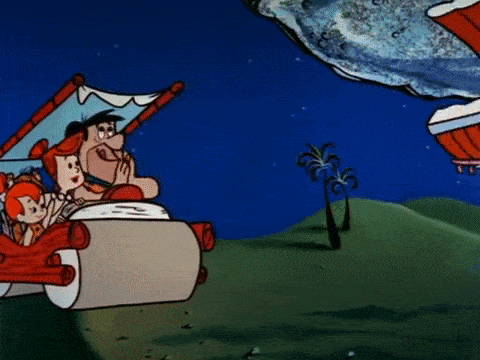
#2) Eat veggies. Vegetables are nutrient-dense and light on calories. Because of all the fiber, they are also tough to overeat.
Imagine eating a plateful of broccoli.
Are you going for seconds? Probably not. So eat your veggies to help keep you full.
Hate vegetables?
I once was like you. Read “How to make vegetables taste good.”
#3) Be wary of liquid calories. Cut back on soda, juices, smoothies, and any beverage with calories.
Even most coffee orders (with sugar, cream, etc.) will have a ton of hidden calories.
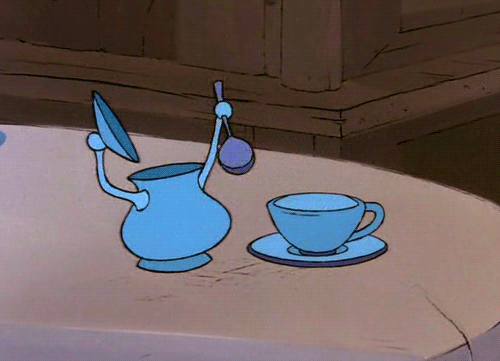
All these drinks are sugar bombs since there is no fiber to balance out all the carbs you are consuming. Stick to water and unsweetened tea or coffee. Here are our thoughts on diet soda.
#4) Prioritize protein. Your body needs to use protein to heal and rebuild muscle after exercise.
Outside of repairing your body, protein will also work to keep you full and satiated: 400 calories of chicken will leave you wayyy more full than 400 calories worth of Gatorade.[9]
If you prioritize protein on your plate, you’ll be doing a lot of the heavy lifting on proper nutrition.
As we lay out in our epic “How Much Protein Should I Eat?” guide, some great sources of protein include chicken, eggs, beef, pork, fish, nuts, legumes, quinoa, and most dairy products.
These four points will help you on your journey to create a caloric deficit.
Disclaimer: this is all easier said than done. After all, 70% of the country is overweight. Don’t worry though, because most of them don’t read Nerd Fitness.
You do. This is like a strategy guide for life.
We’ve helped thousands of people like you here at NF, and we really focus on nutrition.
As we said, it’s 90% of the battle!
It’s why we created our own free, fun 10-level nutritional system. Each level gets a bit more challenging, but you can progress at your own speed to make your changes stick.
You can download our 10-Level Nutrition Guide when you sign up in the box right here:
- Follow our 10-level nutrition system at your own pace
- What you need to know about weight loss and healthy eating
- 3 Simple rules we follow every day to stay on target
HERE’S WHAT TO DO TO LOSE WEIGHT WITH YOUR TDEE

Let’s recap this whole guide for you, with some actionable steps:
#1)Determine your BMR and TDEE. This will be critical for computing your caloric deficit. They’re good numbers to keep in mind during the whole experiment. Calculate your TDEE here.
#2) Track everything, as is, for one week. Log everything you eat. No judgment. If you eat five slices of pizza in a night, count every slice.
This step alone has helped many Rebels turn their lives around. Consider a food tracking app or online tracker to educate yourself!
#3) Compare numbers. Where is your current caloric intake at? How does this compare against your TDEE? If your intake is higher than your TDEE, you’re likely gaining body fat. We want to flip the equation.
#4) Create a consistent caloric deficit. The easiest and most sustainable way to do this is to eat REAL food. Mixing in strength training and fun cardio can help too.
#5) Track progress. Continue to track your calorie intake, to ensure you consistently expend more calories than you consume.
That’s it.
You can do this. I know you can because many of our readers have done it themselves.
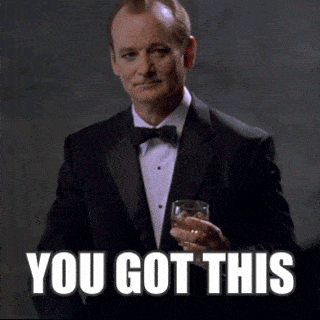
Want help taking your next step after calculating your TDEE? I have MULTIPLE options for you. Pick the path below that best aligns with your goals and timeline:
1) If you want step-by-step guidance on how to lose weight, eat better, and get stronger, check out our killer 1-on-1 Coaching Program:
2) If you want an exact blueprint for how to eat better and get in shape, check out NF Journey. Our fun habit-building app helps you exercise more frequently, eat healthier, and level up your life (literally).
Try your free trial right here:
3) Enlist in the Rebellion! We need good people like you in our community, the Nerd Fitness Rebellion.
Sign up in the box below when you download our free weight loss guide!
- Follow our 10-level nutrition system at your own pace
- What you need to know about weight loss and healthy eating
- 3 Simple rules we follow every day to stay on target
You can do this, and we got your back!
-Steve
PS: Seriously, how great is The Shawshank Redemption? I could quote that movie all day long.
But if you don’t agree…
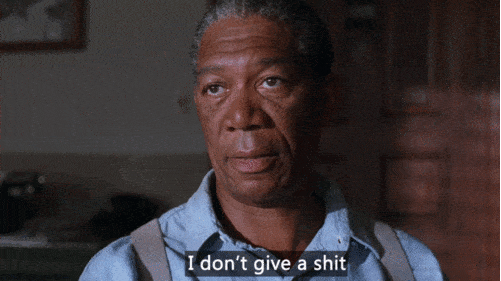
###
All photo citations can be found right here.[8]





